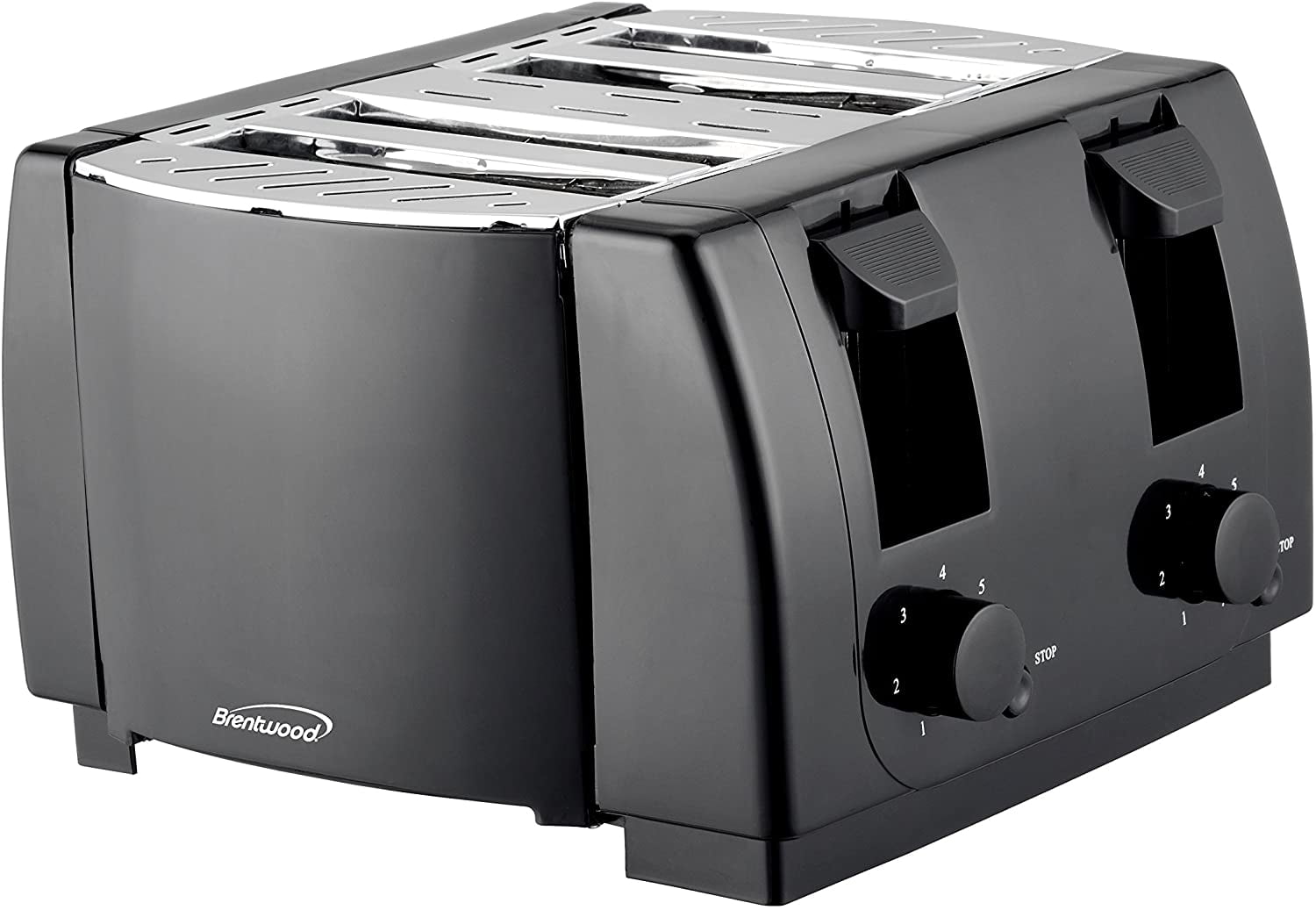

Used for BT.709 are indicated using the value 01. Matrix coefficients used to convert the red, blue, and green channels The two-digit matrix_coefficients constant selects the "opto-electrical transfer function" in technical parlance) from the This valueĭefines the function used to map the gamma (delightfully called the The two-digit transfer_characteristics value. Of the remaining components-is found in the For example, BT.2020/BT.2100 color, as usedįor HDR video, is 09. The two-digit color_primaries value indicates the color

The default value is 110 (4:2:0 chroma subsampling). (0, 0) luma sample and a value of 2 indicating that the sample Indicating that the sample position is horizontally collocated with the Position, with a value of 0 indicating that the position is unknownĪnd must be separately provided during decoding a value of 1 The third digit in CCC indicates the chroma sample This, combined with the M component,Ĭan be used to construct the chroma subsampling format:ĭetermining the chroma subsampling format subsampling_x Value of chroma_sample_position otherwise, the thirdĭigit is always 0. Theįirst digit is subsampling_x, the second is

The default value is 0ĬCC indicates the chroma subsampling as three digits. Seeįor details on how the YUV color system works. Otherwise, the video data isĮntirely in the Y plane and is therefore monochromatic. The one-digit monochrome flag if this is 0, the video includes the UĪnd V planes in addition to the Y plane. This value must be one of 8, 10, orġ2 which values are valid varies depending on the profile and other The High tier is only available for level 4.0 and up. Tier ( seq_tier is 1), this character is the letter For the Main tier ( seq_tierĮquals 0), this character is the letter M. The two-digit level number, which is converted to the X.Y format level "Professional" profile adds support for 4:2:2 chroma subsampling "High" profile adds support for 4:4:4 chroma subsampling. "Main" profile supports YUV 4:2:0 or monochrome bitstreams with You can use the JavaScript encodeURI() function to encode the parameter list similarly, you can use decodeURI() to decode a previously encoded parameter list. video/mp4 codecs="avc1.4d002a"Īn MPEG-4 file containing AVC (H.264) video, Main Profile, Level 4.2.Īs is the case with any MIME type parameter, codecs must be changed to codecs* (note the asterisk character, *) if any of the properties of the codec use special characters which must be percent-encoded per RFC 2231, section 4: MIME Parameter Value and Encoded Word Extensions. video/webm codecs="vp8, vorbis"Ī WebM file containing VP8 video and/or Vorbis audio. audio/ogg codecs=vorbisĪn Ogg file containing a Vorbis audio track. You can specify multiple codecs by separating them with commas. Some media types only let you specify the names of the codecs to use, while others allow you to specify various constraints on those codecs as well. To do so, append a semicolon ( ) followed by codecs= and then the string describing the format of the contents of the file. For this reason, you can add the codecs parameter to the media type. All of these file types support a variety of codecs, and those codecs may have any number of profiles, levels, and other configuration factors. However, each of these MIME types is vague. As noted elsewhere, this format was once commonly used on the web but no longer is, since it required a plugin to use. video/quicktimeĪ video file in Apple's QuickTime format. video/mp4Ī video file using the MPEG-4 file type. video/oggĪ video file using the Ogg file type. A basic MIME media type is expressed by stating the type of media ( audio, video, etc), then a slash character ( /), then the container format used to contain the media: audio/mpegĪn audio file using the MPEG file type, such as an MP3.


 0 kommentar(er)
0 kommentar(er)
